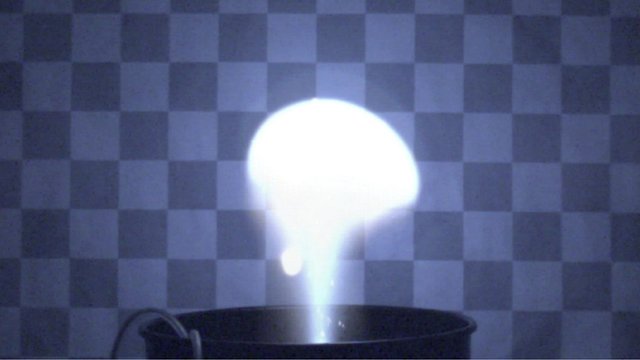- Jul 10, 2004
- 24,526
- 16,976
- 1,405
More Earth-gazing satellites are needed to better understand the phenomenon of so-called dark lightning, according to researchers speaking at a meeting of the European Geosciences Union in Vienna.
Dark lightning is invisible to the naked eye, but in certain, extremely rare conditions could produce gamma-ray radiation in an airplane equivalent to a few chest X-rays or a full-body CT scan, the researchers said, though they emphasized that the phenomenon does not appear to be dangerous to flyers.
"It's really a brand-new thing to realize this could happen deep in our atmosphere with something as ordinary as a thunderstorm," said Joseph Dwyer, a physicist at the Florida Institute of Technology, during a webcast news conference.
The satellites currently studying this phenomenon are not designed to look at Earth; instead, the satellites probe black holes and other phenomena far away in the universe that produce gamma-rays, and happen to sense radiation from Earth that is coming from behind them.
This led scientists to say that the field of research could use a dedicated Earth-gazing satellite.
Read more: 'Dark lightning' sparks call for more Earth-gazing satellites | Fox News
Dark lightning is invisible to the naked eye, but in certain, extremely rare conditions could produce gamma-ray radiation in an airplane equivalent to a few chest X-rays or a full-body CT scan, the researchers said, though they emphasized that the phenomenon does not appear to be dangerous to flyers.
"It's really a brand-new thing to realize this could happen deep in our atmosphere with something as ordinary as a thunderstorm," said Joseph Dwyer, a physicist at the Florida Institute of Technology, during a webcast news conference.
The satellites currently studying this phenomenon are not designed to look at Earth; instead, the satellites probe black holes and other phenomena far away in the universe that produce gamma-rays, and happen to sense radiation from Earth that is coming from behind them.
This led scientists to say that the field of research could use a dedicated Earth-gazing satellite.
Read more: 'Dark lightning' sparks call for more Earth-gazing satellites | Fox News


